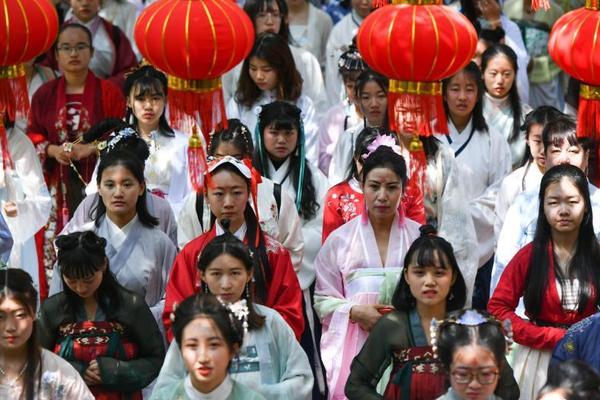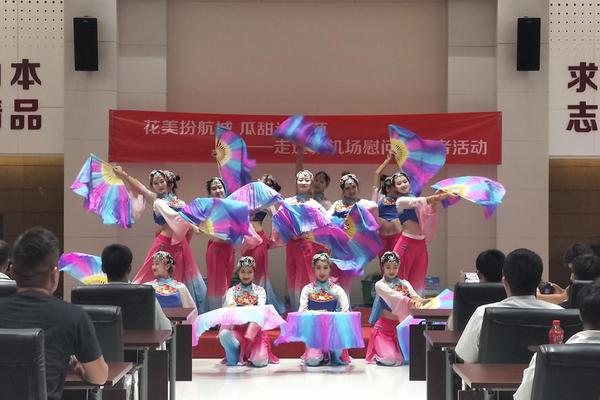中央媒体走基层|《中国日报》Yunnan sprouting into nation's 'vegetable basket'


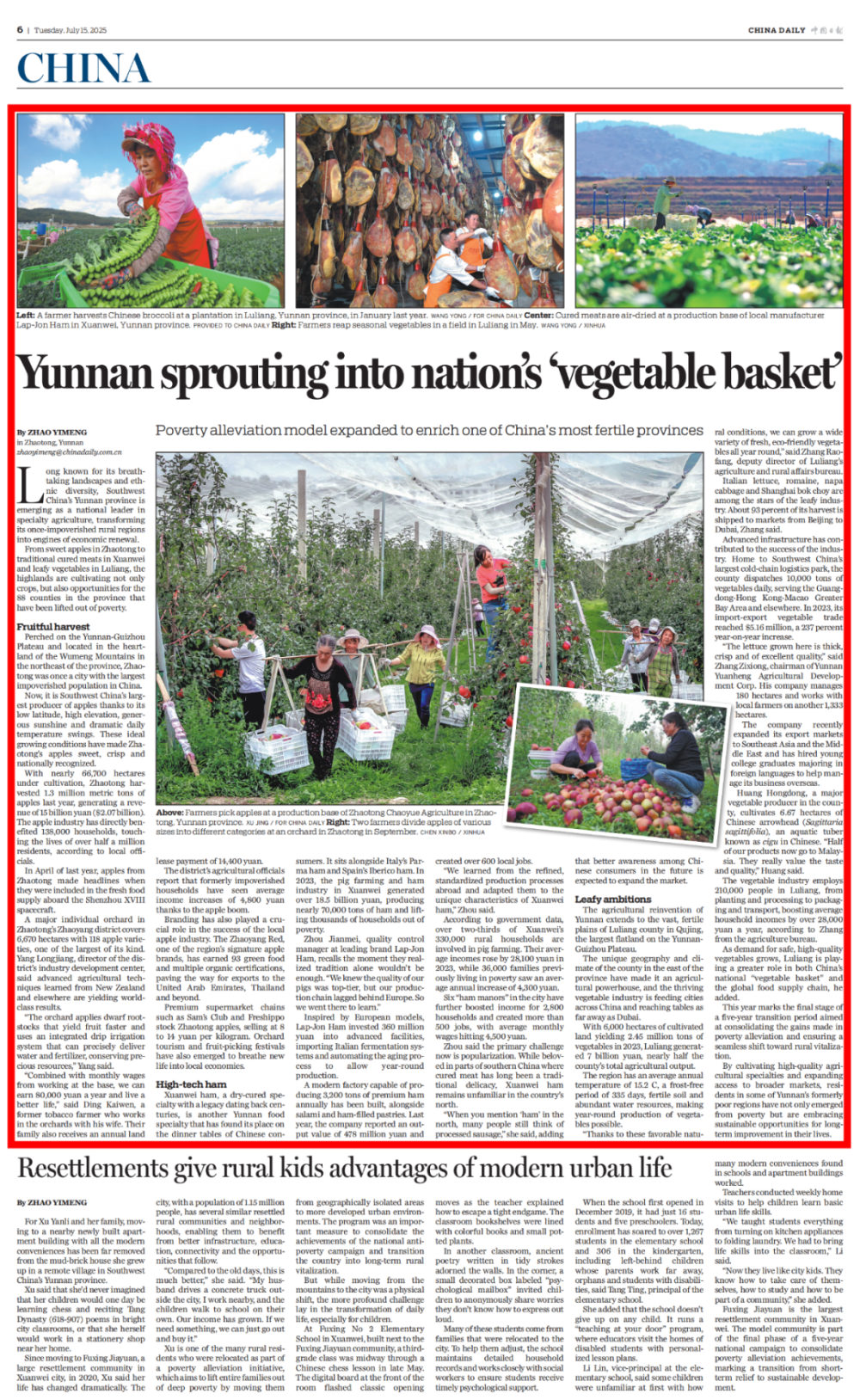
Yunnan sprouting into nation's 'vegetable basket'
Poverty alleviation model expanded to enrich one of China's most fertile provinces
Long known for its breathtaking landscapes and ethnic diversity, Southwest China's Yunnan province is emerging as a national leader in specialty agriculture, transforming its once-impoverished rural regions into engines of economic renewal.
From sweet apples in Zhaotong to traditional cured meats in Xuanwei and leafy vegetables in Luliang, the highlands are cultivating not only crops, but also opportunities for the 88 counties in the province that have been lifted out of poverty.
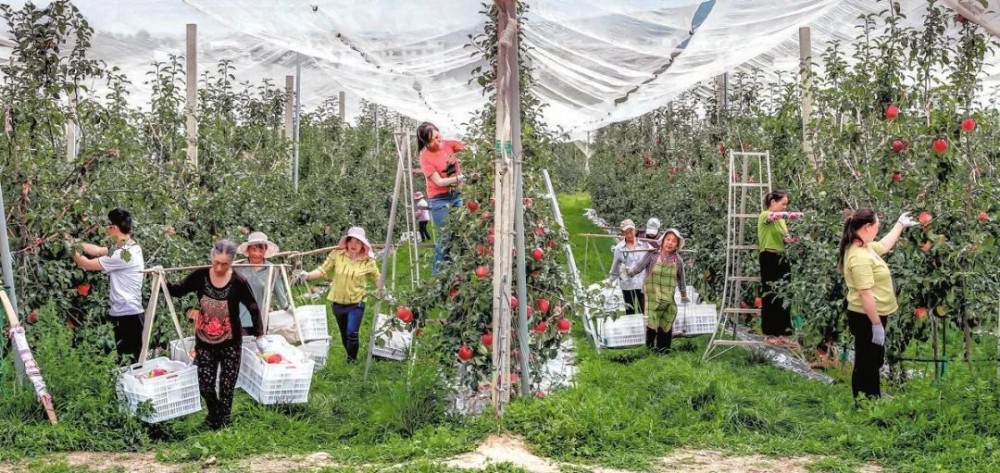
Farmers pick apples at a production base of Zhaotong Chaoyue Agriculture in Zhao tong, Yunnan province. XU JING/FOR CHINA DAILY
Fruitful harvest
Perched on the Yunnan-Guizhou Plateau and located in the heartland of the Wumeng Mountains in the northeast of the province, Zhaotong was once a city with the largest impoverished population in China.
Now, it is Southwest China's largest producer of apples thanks to its low latitude, high elevation, generous sunshine and dramatic daily temperature swings. These ideal growing conditions have made Zhaotong's apples sweet, crisp and nationally recognized.
With nearly 66,700 hectares under cultivation, Zhaotong harvested 1.3 million metric tons of apples last year, generating a revenue of 15 billion yuan ($2.07 billion). The apple industry has directly benefited 138,000 households, touching the lives of over half a million residents, according to local officials.
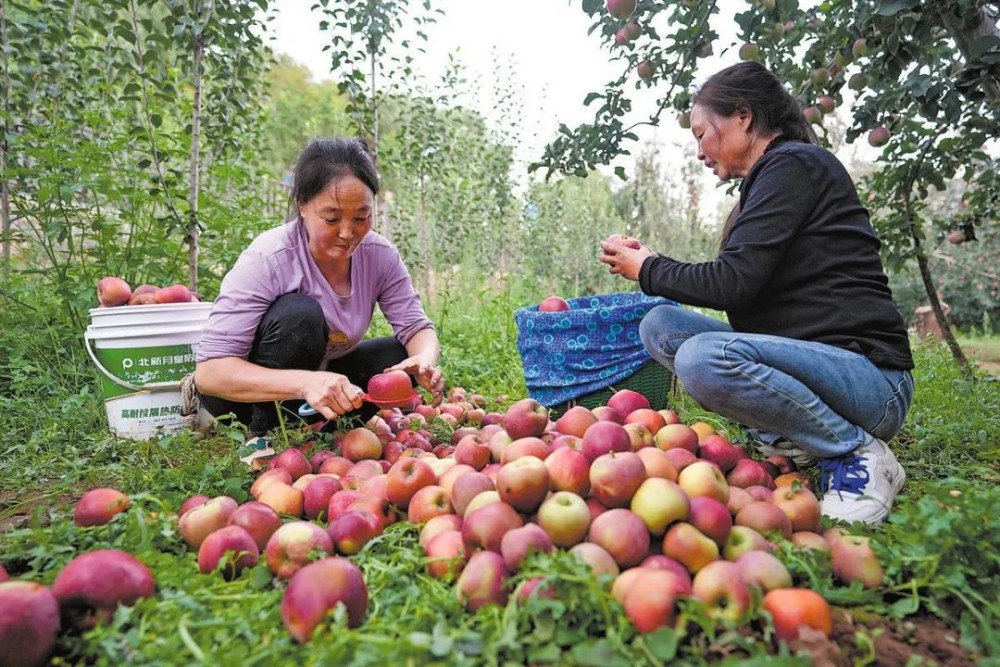
Two farmers divide apples of various sizes into different categories at an orchard in Zhaotong in September. CHEN XINBO/XINHUA
In April of last year, apples from Zhaotong made headlines when they were included in the fresh food supply aboard the Shenzhou XVIII spacecraft.
A major individual orchard in Zhaotong's Zhaoyang district covers 6,670 hectares with 118 apple varieties, one of the largest of its kind. Yang Longjiang, director of the district's industry development center, said advanced agricultural techniques learned from New Zealand and elsewhere are yielding world-class results.
"The orchard applies dwarf root-stocks that yield fruit faster and uses an integrated drip irrigation system that can precisely deliver water and fertilizer, conserving precious resources," Yang said.
"Combined with monthly wages from working at the base, we can earn 80,000 yuan a year and live a better life," said Ding Kaiwen, a former tobacco farmer who works in the orchards with his wife. Their family also receives an annual land lease payment of 14,400 yuan.
The district's agricultural officials report that formerly impoverished households have seen average income increases of 4,800 yuan thanks to the apple boom.
Branding has also played a crucial role in the success of the local apple industry. The Zhaoyang Red, one of the region's signature apple brands, has earned 93 green food and multiple organic certifications, paving the way for exports to the United Arab Emirates, Thailand and beyond.
Premium supermarket chains such as Sam's Club and Freshippo stock Zhaotong apples, selling at 8 to 14 yuan per kilogram. Orchard tourism and fruit-picking festivals have also emerged to breathe new life into local economies.
High-tech ham
Xuanwei ham, a dry-cured specialty with a legacy dating back centuries, is another Yunnan food specialty that has found its place on the dinner tables of Chinese consumers. It sits alongside Italy's Parma ham and Spain's Iberico ham. In 2023, the pig farming and ham industry in Xuanwei generated over 18.5 billion yuan, producing nearly 70,000 tons of ham and lifting thousands of households out of poverty.
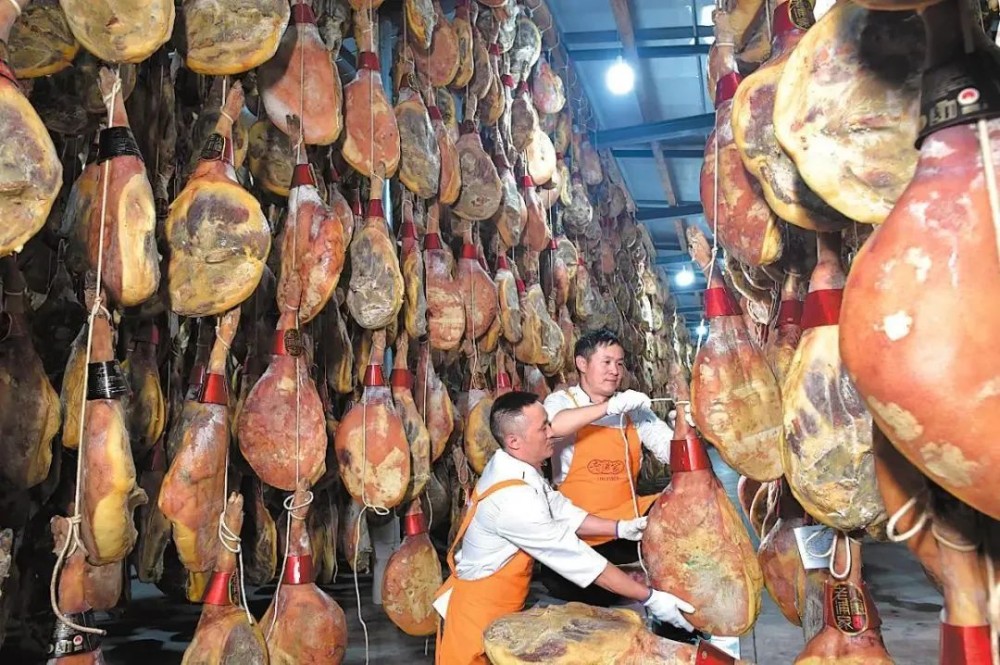
Cured meats are air-dried at a production base of local manufacturer Lap-Jon Ham in Xuanwei, Yunnan province. [Photo provided to CHINA DAILY]
Zhou Jianmei, quality control manager at leading brand Lap-Jon Ham, recalls the moment they realized tradition alone wouldn't be enough. "We knew the quality of our pigs was top-tier, but our production chain lagged behind Europe. So we went there to learn."
Inspired by European models, Lap-Jon Ham invested 360 million yuan into advanced facilities, importing Italian fermentation systems and automating the aging process to allow year-round production.
A modern factory capable of producing 3,200 tons of premium ham annually has been built, alongside salami and ham-filled pastries. Last year, the company reported an output value of 478 million yuan and created over 600 local jobs.
"We learned from the refined, standardized production processes abroad and adapted them to the unique characteristics of Xuanwei ham," Zhou said.
According to government data, over two-thirds of Xuanwei's 330,000 rural households are involved in pig farming. Their average incomes rose by 28,100 yuan in 2023, while 36,000 families previously living in poverty saw an average annual increase of 4,300 yuan.
Six "ham manors" in the city have further boosted income for 2,800 households and created more than 500 jobs, with average monthly wages hitting 4,500 yuan.
Zhou said the primary challenge now is popularization. While beloved in parts of southern China where cured meat has long been a traditional delicacy, Xuanwei ham remains unfamiliar in the country's north.
"When you mention 'ham' in the north, many people still think of processed sausage," she said, adding that better awareness among Chinese consumers in the future is expected to expand the market.
Leafy ambitions
The agricultural reinvention of Yunnan extends to the vast, fertile plains of Luliang county in Qujing, the largest flatland on the Yunnan-Guizhou Plateau.
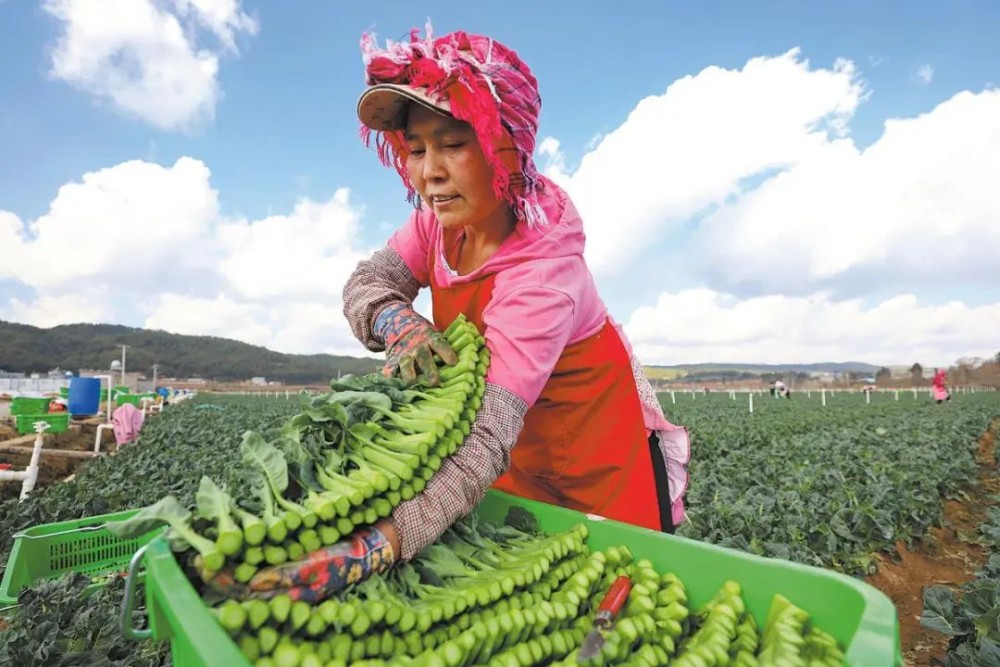
A farmer harvests Chinese broccoli at a plantation in Luliang, Yunnan province, in January last year. WANG YONG/FOR CHINA DAILY
The unique geography and climate of the county in the east of the province have made it an agricultural powerhouse, and the thriving vegetable industry is feeding cities across China and reaching tables as far away as Dubai.
With 6,000 hectares of cultivated land yielding 2.45 million tons of vegetables in 2023, Luliang generated 7 billion yuan, nearly half the county's total agricultural output.
The region has an average annual temperature of 15.2 C, a frost-free period of 335 days, fertile soil and abundant water resources, making year-round production of vegetables possible.
"Thanks to these favorable natural conditions, we can grow a wide variety of fresh, eco-friendly vegetables all year round," said Zhang Raofang, deputy director of Luliang's agriculture and rural affairs bureau.
Italian lettuce, romaine, napa cabbage and Shanghai bok choy are among the stars of the leafy industry. About 93 percent of its harvest is shipped to markets from Beijing to Dubai, Zhang said.
Advanced infrastructure has contributed to the success of the industry. Home to Southwest China's largest cold-chain logistics park, the county dispatches 10,000 tons of vegetables daily, serving the Guangdong-Hong Kong-Macao Greater Bay Area and elsewhere. In 2023, its import-export vegetable trade reached $5.16 million, a 237 percent year-on-year increase.
"The lettuce grown here is thick, crisp and of excellent quality," said Zhang Zixiong, chairman of Yunnan Yuanheng Agricultural Development Corp. His company manages 180 hectares and works with local farmers on another 1,333 hectares.
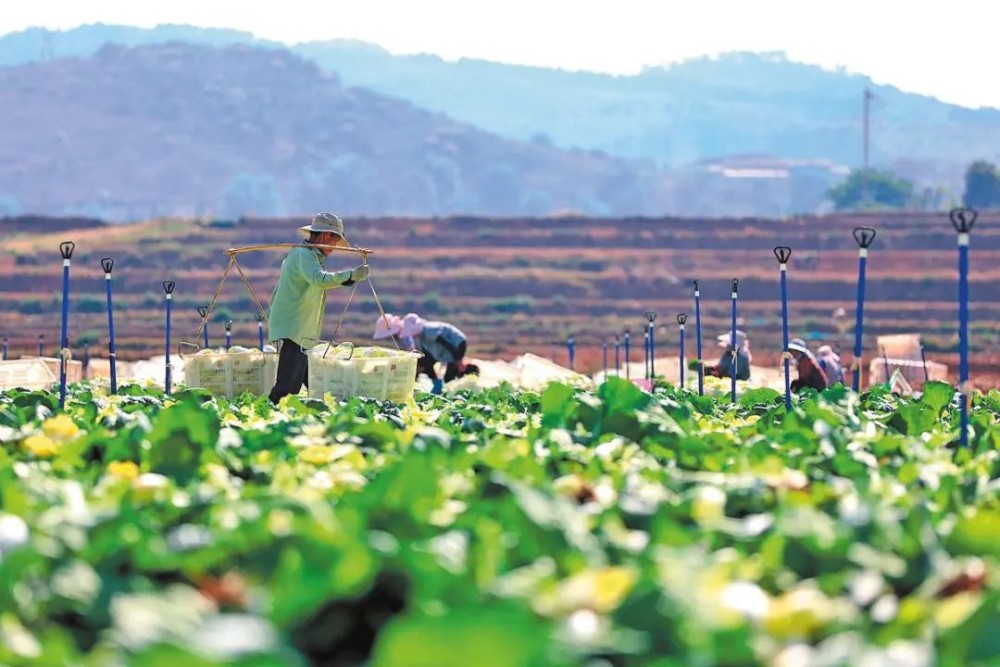
Farmers reap seasonal vegetables in a field in Luliang in May. WANG YONG/XINHUA
The company recently expanded its export markets to Southeast Asia and the Middle East and has hired young college graduates majoring in foreign languages to help manage its business overseas.
Huang Hongdong, a major vegetable producer in the county, cultivates 6.67 hectares of Chinese arrowhead (Sagittaria sagittifolia), an aquatic tuber known as cigu in Chinese. "Half of our products now go to Malaysia. They really value the taste and quality," Huang said.
The vegetable industry employs 210,000 people in Luliang, from planting and processing to packaging and transport, boosting average household incomes by over 28,000 yuan a year, according to Zhang from the agriculture bureau.
As demand for safe, high-quality vegetables grows, Luliang is playing a greater role in both China's national "vegetable basket" and the global food supply chain, he added.
This year marks the final stage of a five-year transition period aimed at consolidating the gains made in poverty alleviation and ensuring a seamless shift toward rural vitalization.
By cultivating high-quality agricultural specialties and expanding access to broader markets, residents in some of Yunnan's formerly poor regions have not only emerged from poverty but are embracing sustainable opportunities for long-term improvement in their lives.
来源:中国日报


(责任编辑:焦点)
-
 本报讯记者 蔡紫旻 通讯员 曾开灶)21日零时是泉州市第七次全国人口普查综合试点的标准时点。昨日,市统计局、鲤城区统计局与清正社区组成普查指导员与普查员队伍来到居民家中,进行人口普查登记,标志着泉州市
...[详细]
本报讯记者 蔡紫旻 通讯员 曾开灶)21日零时是泉州市第七次全国人口普查综合试点的标准时点。昨日,市统计局、鲤城区统计局与清正社区组成普查指导员与普查员队伍来到居民家中,进行人口普查登记,标志着泉州市
...[详细]
-
 2018年新一线城市出炉!郑州排名第九!发布时间:2018-11-07 19:41 来源:豫都网 我要投稿[摘要]河南商报记者 陈薇 4月26日,第一财经·新一线城市研究所发布2018年最新城市商业魅
...[详细]
2018年新一线城市出炉!郑州排名第九!发布时间:2018-11-07 19:41 来源:豫都网 我要投稿[摘要]河南商报记者 陈薇 4月26日,第一财经·新一线城市研究所发布2018年最新城市商业魅
...[详细]
-
 福安茶人在制作花果香红茶。李郁 摄东南网7月11日报道福建日报记者 单志强 通讯员 陈雅芳)6月6日,在第三届宁德市红茶大赛上,福安茶企包揽花果香红茶“茶王”和“特
...[详细]
福安茶人在制作花果香红茶。李郁 摄东南网7月11日报道福建日报记者 单志强 通讯员 陈雅芳)6月6日,在第三届宁德市红茶大赛上,福安茶企包揽花果香红茶“茶王”和“特
...[详细]
-
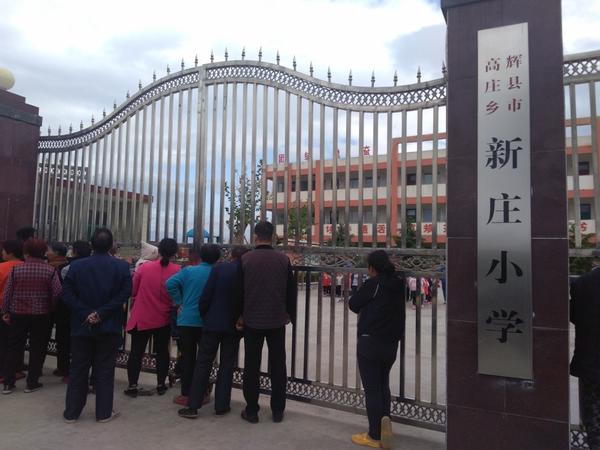 17名小学生被强收“保护费” 不给钱就要挨揍发布时间:2018-11-07 10:29 来源:豫都网 我要投稿[摘要]核心提示|“他说我不给他钱,就要让人揍我,还不让告诉家长和老师”——几天前,辉县市
...[详细]
17名小学生被强收“保护费” 不给钱就要挨揍发布时间:2018-11-07 10:29 来源:豫都网 我要投稿[摘要]核心提示|“他说我不给他钱,就要让人揍我,还不让告诉家长和老师”——几天前,辉县市
...[详细]
-
 寒冬时节,本该是万物沉睡,落木萧萧的季节,但西昌的四季从不“寂寞”,最近,西昌粉嫩嫩的冬樱花悄然绽放,一朵朵,一簇簇,连成一片浪漫的粉色氤氲开来,给冬日增添了一丝暖意。
...[详细]
寒冬时节,本该是万物沉睡,落木萧萧的季节,但西昌的四季从不“寂寞”,最近,西昌粉嫩嫩的冬樱花悄然绽放,一朵朵,一簇簇,连成一片浪漫的粉色氤氲开来,给冬日增添了一丝暖意。
...[详细]
-
 【建材网】随着现代生活水平和医 疗技术水平的不断改善,人们与医 疗场所的关系日趋密切,对医 疗卫生环境的要求也越来越高。有调查显示,一个城市的医 疗环境,与该城市的幸福指数有着明显的正相关关系。医 疗
...[详细]
【建材网】随着现代生活水平和医 疗技术水平的不断改善,人们与医 疗场所的关系日趋密切,对医 疗卫生环境的要求也越来越高。有调查显示,一个城市的医 疗环境,与该城市的幸福指数有着明显的正相关关系。医 疗
...[详细]
-
 导入户型图自动设计app随着科技的不断发展,人们的生活水平也在不断提高,对于居住环境的要求也越来越高。在购房过程中,户型图是一个非常重要的参考因素,它直接影响着我们对房屋布局和空间利用的认知。然而,对
...[详细]
导入户型图自动设计app随着科技的不断发展,人们的生活水平也在不断提高,对于居住环境的要求也越来越高。在购房过程中,户型图是一个非常重要的参考因素,它直接影响着我们对房屋布局和空间利用的认知。然而,对
...[详细]
-
 郑州到底多少人?统计局:2017年常住人口988.07万发布时间:2018-11-07 19:41 来源:豫都网 我要投稿[摘要]4月26日,郑州市统计局发布的《2017年郑州市人口抽样调查主要数据公
...[详细]
郑州到底多少人?统计局:2017年常住人口988.07万发布时间:2018-11-07 19:41 来源:豫都网 我要投稿[摘要]4月26日,郑州市统计局发布的《2017年郑州市人口抽样调查主要数据公
...[详细]
-
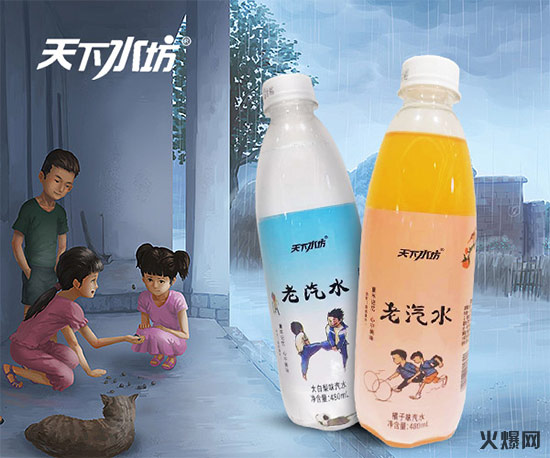 发布者:蒙蒙 浏览量:6714发布时间:2022/3/31 15:17:05 在诸多企业的助推下,气泡水近几年发展升级为更健康、更功能的主流饮品品类。老产品强化营销,新品牌纷
...[详细]
发布者:蒙蒙 浏览量:6714发布时间:2022/3/31 15:17:05 在诸多企业的助推下,气泡水近几年发展升级为更健康、更功能的主流饮品品类。老产品强化营销,新品牌纷
...[详细]
-
 7月15日,汉阴县召开富硒水稻标准化基地建设物资发放活动暨技术培训会,通过“物资+技术”双管齐下,加快推进富硒水稻标准化基地建设。在技术培训会上,相关负责人系统阐述了建设富硒水稻标准化基地的要求、喷施
...[详细]
7月15日,汉阴县召开富硒水稻标准化基地建设物资发放活动暨技术培训会,通过“物资+技术”双管齐下,加快推进富硒水稻标准化基地建设。在技术培训会上,相关负责人系统阐述了建设富硒水稻标准化基地的要求、喷施
...[详细]

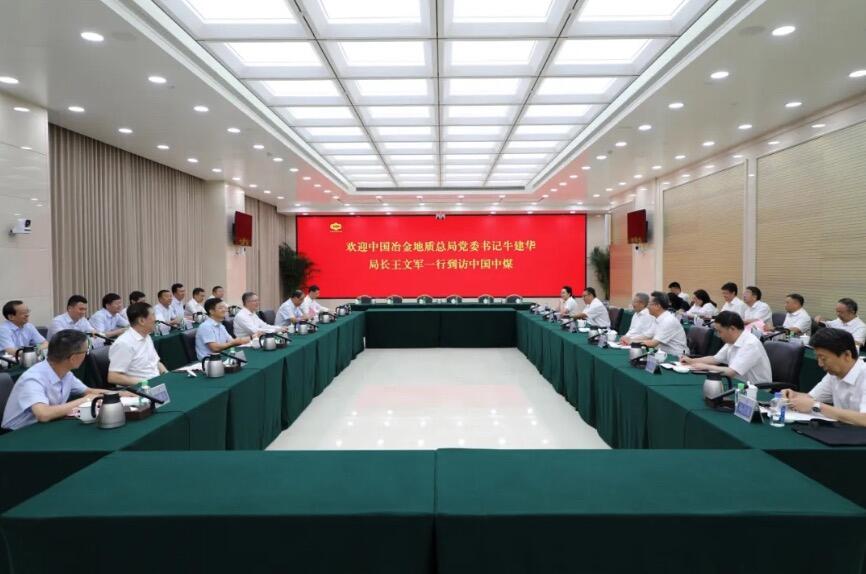 中国中煤与中国冶金地质总局举行工作会谈
中国中煤与中国冶金地质总局举行工作会谈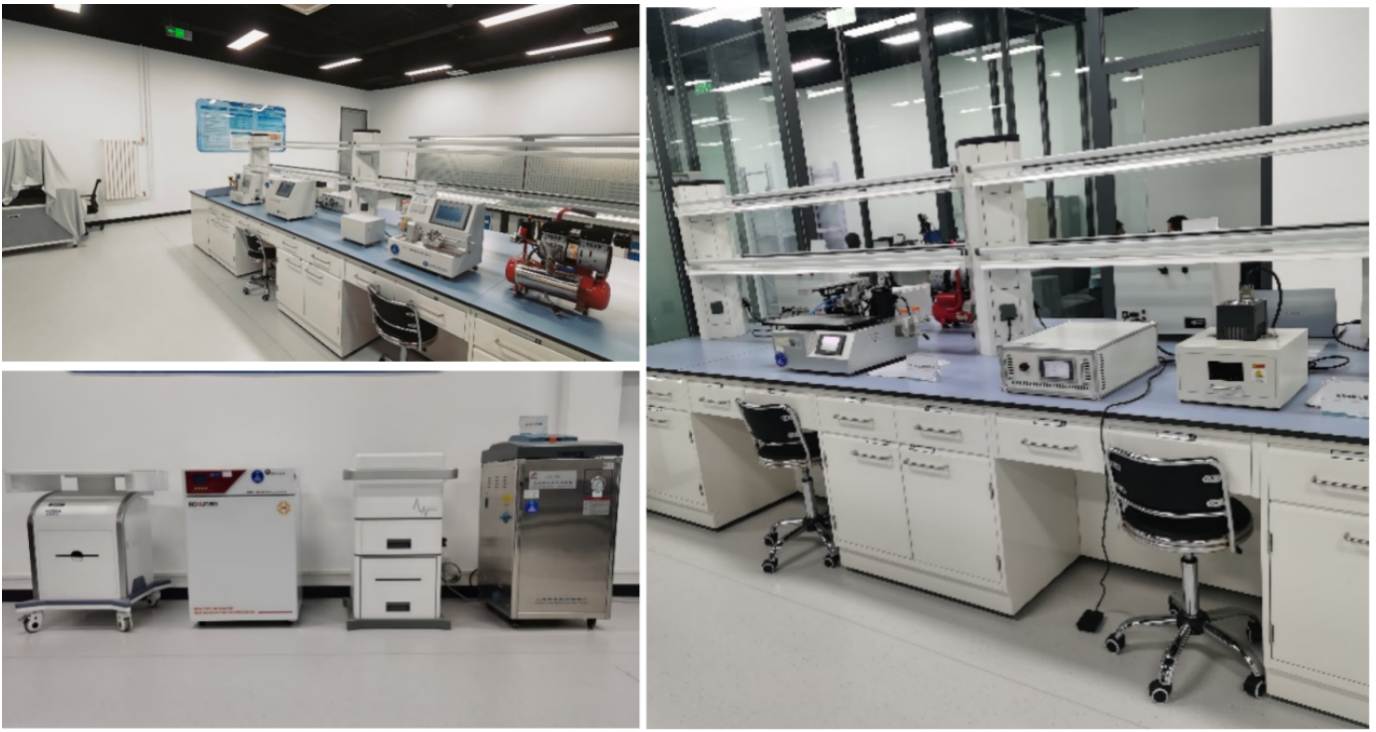 昌发展医疗器械CMO平台助力北医三院产研院概念验证中心,打造医疗器械创新成果转化新标杆
昌发展医疗器械CMO平台助力北医三院产研院概念验证中心,打造医疗器械创新成果转化新标杆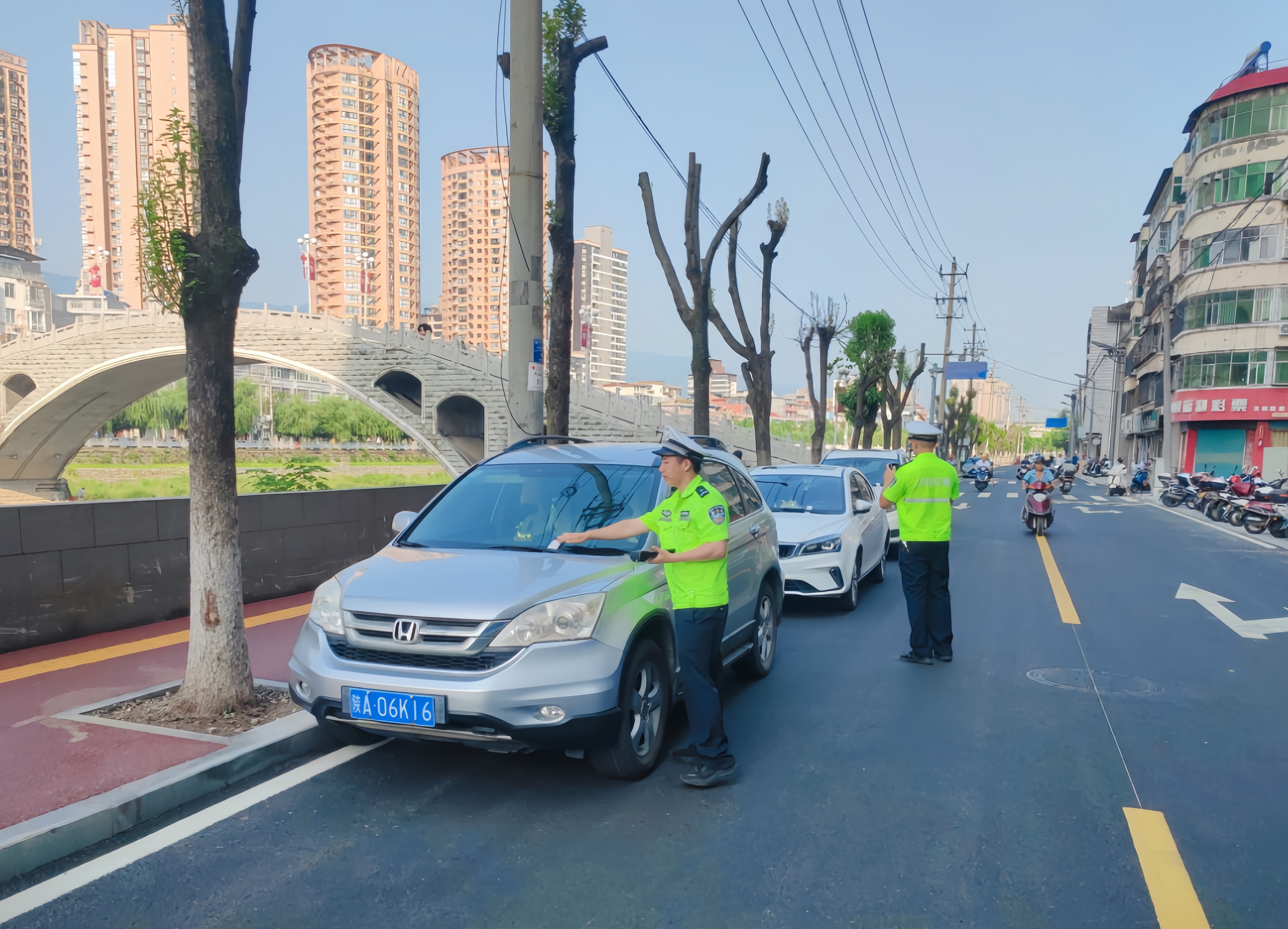 汉阴公安交警: “严管+宣教”协同发力 共筑暑期道路安全屏障
汉阴公安交警: “严管+宣教”协同发力 共筑暑期道路安全屏障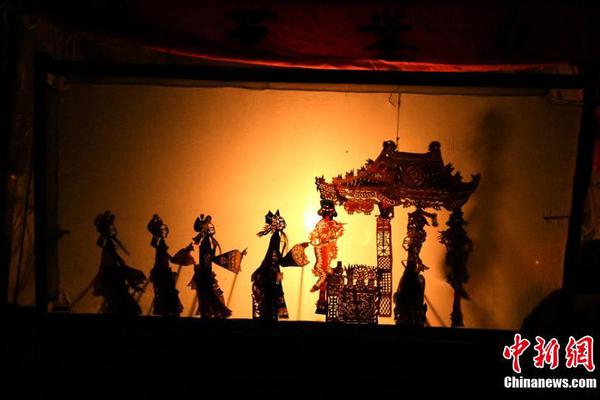 2021年银行存款利率迎来新变化,在银行存10万,一年的利息将减少900多
2021年银行存款利率迎来新变化,在银行存10万,一年的利息将减少900多 客厅顶灯装修效果图相关问题解答
客厅顶灯装修效果图相关问题解答